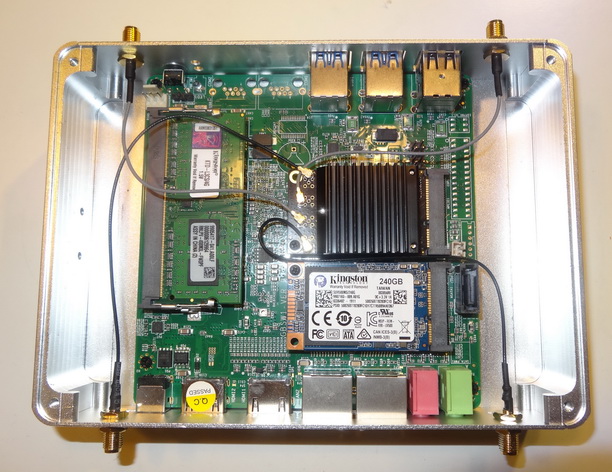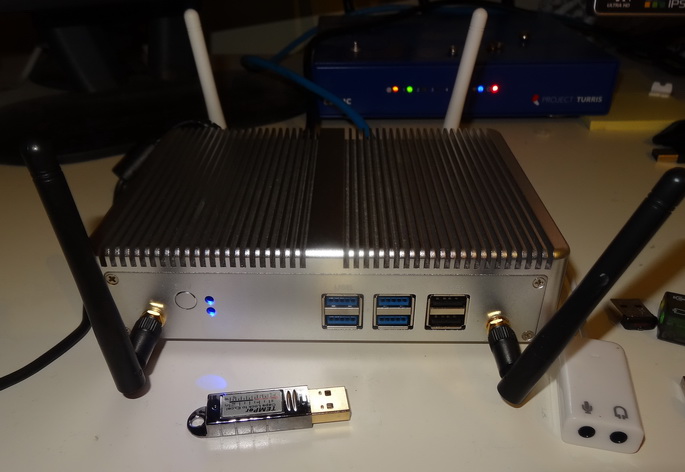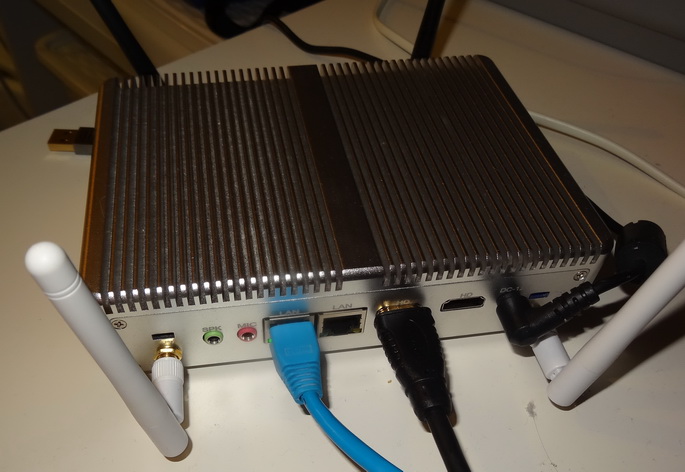Hi,
I was thinking little bit about Omnia and Mox successors in next future (2-4 years), because soon or later first Omnias will die.
Successor should be combination of these two with possibility to upgrade basic configuration with common components from notebooks (Turris team can give list with recommnded parameters), which will be in EOL in that time and possibility of using some of Mox modules (ecology + price savings).
So, the device/mainboard should be like:
CPU – some model with decent power
RAM – motherboard should be without RAM, there should be one one (or two) slot for notebook RAM modules (possibly DDR4)*.
*Optionally sold by Turris team for those who will not have some.
Storage – at least one M.2 slot (at least one NVMe)* + at least one SATA port for 2,5” HDD/SSD (with possibility of using adaptor for M.2 (SATA) / mSATA adaptor in this port)*.
*Optionally sold by Turris team for those who will not have some.
Ethernet – at least with 2,5Gbps support, but better with 10Gbps (WAN+4x LAN on motherboard at least) and PoE support (at least passive).
Wireless - some basic WiFi module on board (802.11ax in that time porbably – at least 4x4)
Place for internal USB(s) for Bluetooth, ZigBee, etc. - for modules for home automation…
Extension slots:
At least 2 SATA ports (on basic motherboard)
At least 2 (or better 3) mPCIe/M.2 slots for LTE, WiFi modules
Extension modules – connected via PCIe x16 cable (?) to ensure backward compatibility of some Mox modules.
Some modules example:
Storage module – with 4 other SATA connectors for HDD´s
Switch module – with additional 4-16 Ethernet ports
SFP module – with better support than today. Turris team should seriously cooperate with internet providers to ensure compatibility with their networks (e.g. Orange, T-Mobile, Vodafone, UPC).
Case
Something like Turris Omnia with “floors” – all additional modules should go down under main motherboard interconnected with cable
Orifices for 8 antennas (for full 8x8 802.11ax)
Extra buttons for: WiFi (switch on/off), AdBlock (switch on/off) and LEDs dimming (like on Omnia)
Power supply – none – only some transformer (to ensure correct supply voltage 12/19V?) with adaptor set for common notebook connectors (HP, Dell, Acer, Asus,…) - in basic package*
*Optionally basic power adaptor sold by Turris team for those who will not have some.
Other mainboard components- e.g. crypto chip, etc. which functionality was proven by time…
Software
OpenWRT like it is today with integrated AdBlock (with GUI suitable for non experienced user) out of the box.
What do you think, it is time to start another Indiegogo campaign? 



 Internet providers in Slovakia offer mostly devices for rent for price around 2,- Euro per month.
Internet providers in Slovakia offer mostly devices for rent for price around 2,- Euro per month.

